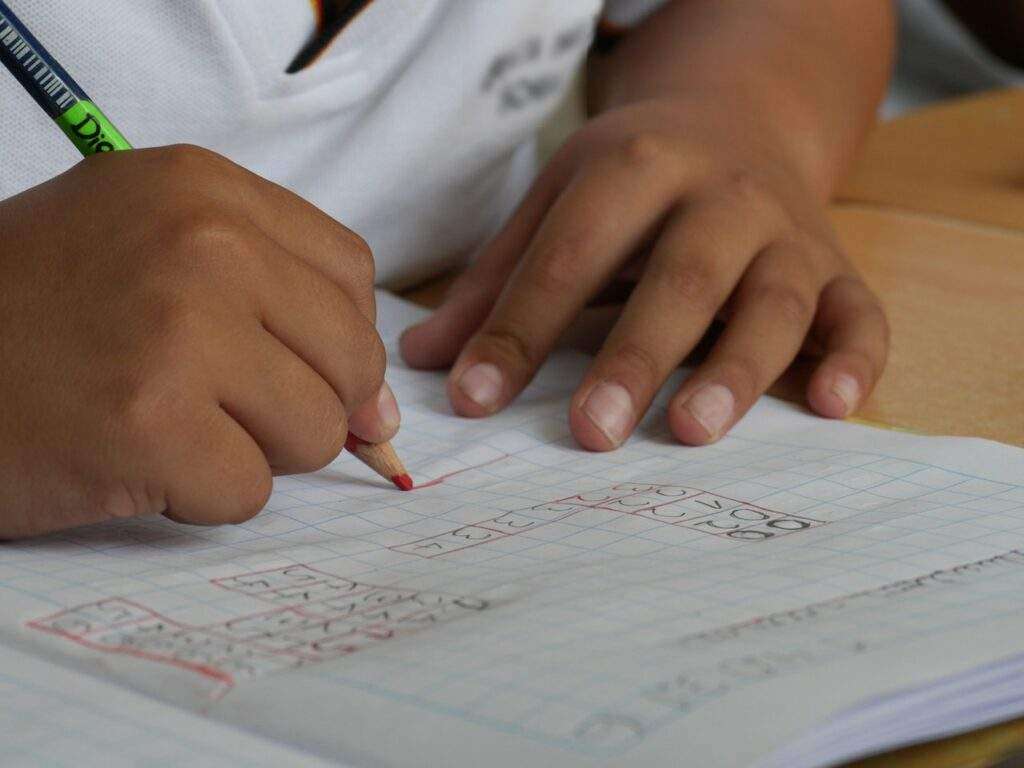
Whenever we are not sure about any event, either it will happen or not, we talk about probability. Probability is a chance of the happening of an event as it seems very easy to solve probability problems. But students always get confused about where to apply what rule. They always puzzled about when to add? Where to use the product rule? Where to apply combinations etc. These all things make them stressed. Consequently, they feel difficulties solving probability problems. But here in this blog, we tried to give you a simple and easy-to-understand rule to solve probability problems in statistics.
Students occasionally request statistics homework help from the best experts. Because of its nuances, statistics is a daunting subject for many students. However, some students are able to complete their statistics homework individually. Students, on the other hand, get stuck when faced with a complicated numeric query in statistics and begin searching for statistics homework helpers.
Basic rules to solve the probability problems
- The probability of the event lies between {0 and 1}.
- If P(X)>P(Y), then event X has more chances to occur than X.
- The Sum of the outcomes of an event is always 1.
- If P(X)=P(Y), then these events have an equal chance to occur
- The probability for event X is presented as P(X).
Steps to solve the probability for single random events
1.Select an event with mutually exclusive outcomes.
The probability will only be determined if the event whose probability is calculated occurs or does not occur. Both the event and its inverse can not exist simultaneously. An example of a mutually exclusive outcome is a certain horse winning a race, the horse wins, or it doesn’t win.
2. Define all possible outcomes and events that can occur.
Let’s assume you’re trying to find the chance that a three will roll on a six-sided die. “Rolling a 3” is the activity, and since we know that any of the six numbers will land a 6-sided die, the number of results is six. So, we know that there are six probable outcomes in this situation and 1 result whose likelihood we are involved in evaluating.
3. Divide the number of outcomes by the number of results that are possible.
This would give us the chance of a single event taking place. The number of occurrences is 1 in rolling a three on a die (there is just a single three on each die), and the number of results is 6.
4. Sum up all possible odds of events to ensure they are equal to 1.
It is important to add up to 1 or 100 percent to the probability of all possible events. If the probability of all possible events does not add up to 100 percent, and you have missed out on a possible occurrence, you have most likely made an error. Recheck the math to make sure that any possible outcomes are not missed.
5. State the probability of an impossible event with a value of 0.
This also means that an occurrence is not going to happen because it happens if you deal with an event that just can’t happen. Although it is unlikely to measure a chance of 0, it is not impossible either.
Steps to solve the probability for multiple random events
1. To measure independent occurrences, deal with each probability separately.
You’ll measure them independently until you’ve figured out what these odds are. Say you need to know the probability that a five will roll on a 6-sided die twice consecutively. You realize that 1/6 is the chance of rolling one five, and 1/6 is also the probability of rolling another five with the same die. The first result should not conflict with the second one. Independent events are considered the chance of the 5s being rolled since what you roll the first time does not impact what happens the second time.
2. When determining probabilities for dependent events, consider the impact of previous events.
If the occurrence of 1 event alters the probability of occurrence of a second event, the probability of dependent events is measured. For instance, if you pick two cards out of a 52-card deck when you pick the first card, that affects what cards are available when you pick the second card. You would need to subtract one from the possible number of results to calculate the probability for the second of two dependent events when estimating the probability of the second occurrence.
3. Multiply one another with the probabilities of each different event.
Regardless of whether you are concerned with independent or dependent events and whether you are interacting with 2, 3, or even ten total results, you will measure the total outcome by multiplying the separate probabilities of the events by each other. This would give you the possibility of many accidents happening one after another. So for the case, what is the chance of a six-sided die rolling two successive fives? 1/6 is the probability of all independent occurrences. This provides us with 1/6 x 1/6 = 1/36. This may also be expressed as 0.027 or 2.7%.
The statistics assignment help never fails to correctly interpret the data presented, resulting in a flawless end product. Statistics is a science and a practice that uses empirical evidence presented in a quantitative form to improve human understanding. It generally considers a branch of mathematics rather than a separate mathematical science. Statistical analysis involves gathering and analyzing data, as well as summarizing it into numerical form.
Final thoughts
If you understand the formula or rule instead of cramping it, it would be very helpful for you to solve the probability problems easily. I hope this blog helped you in undertaking the steps in an easy way to solve the problems of probability.

